Industrial washing / Articles
Cross contamination: are you doing enough to prevent it?
Learn what cross contamination is and how to stop it before it stops your business.
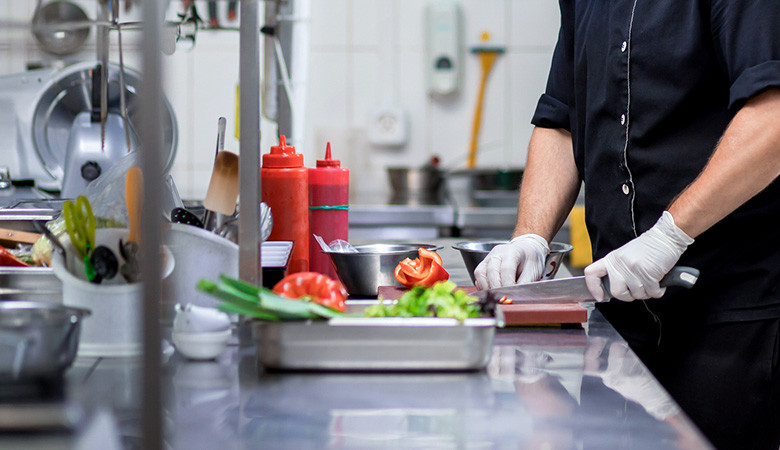
 18 minutes of reading
18 minutes of reading
2025-04-24 12:46:21
🎧 PREFER TO LISTEN ON THE GO?
We turned this topic into a podcast episode packed with stories, insights, and expert takes. Listen on Spotify.
It started as an ordinary September day in South Wales — kids back at school, lunchboxes packed, routines settling. But beneath the surface of everyday life, an invisible threat was already making its way through the community. By the end of the month, 157 people had fallen ill. Thirty-one were hospitalised. And heartbreakingly, five-year-old Mason Jones didn’t survive.
The culprit? Cross contamination, hiding in plain sight.
At the centre of the storm was a local butcher shop, John Tudor & Son, responsible for supplying meat to schools across the region. Investigators later discovered that the same vacuum-packing machine was being used for both raw and cooked meats. Bacteria like E. coli O157 — deadly and unforgiving — transferred from raw to ready-to-eat products, quietly contaminating school meals served to children every day.
This was a preventable failure, flagged multiple times by inspectors before disaster struck. It’s a chilling case that still stands today as one of the UK's worst E. coli outbreaks — and a stark lesson on the catastrophic impact of cross contamination.
Cases like this are clear reminders for every industrial operation handling food or sensitive products. The good news? You can prevent it. Discover the steps to keep your washing process safe and your production protected.
What exactly is cross contamination?
Cross contamination, at its core, occurs when residues, chemicals, or even microorganisms from one product or process transfer onto another. This can happen when equipment, surfaces, or utensils aren't properly washed between different production runs, leading to unwanted contamination.
In industries like food production, pharmaceuticals, and cosmetics, this can have serious implications. One careless mistake during washing could result in product defects, safety risks, or health hazards – and it’s something no industry wants to face.
To avoid it, companies must implement rigorous washing protocols, ensure proper separation of production lines, and make sure staff are well-trained in maintaining the highest standards of hygiene.
Types of cross contamination
Cross contamination comes in more than one form. Often, it happens quietly, behind the scenes, without any visible red flags.
Food-to-food contamination
This is the most direct and often the most overlooked. It happens when raw food, like meat or fish, comes into contact with cooked or ready-to-eat items. A common scenario? Raw meat stored above fresh produce in the fridge, with juices dripping down, bringing harmful bacteria with them.
Surface or equipment contamination
Utensils, trays, conveyor belts, cutting boards: anything that touches food can carry bacteria from one place to another. If these aren’t properly washed and sanitised, they can create an invisible but dangerous link between raw and finished products.
Human-to-food contamination
Hands are one of the most common vectors for cross contamination. Poor handwashing, touching multiple surfaces, or using the same gloves for different tasks can all lead to bacteria being passed from person to product, often without realising it.
Airborne contamination
This one is less obvious but still relevant, especially in high-risk environments. Tiny particles can travel through the air (like from aerosols, dust, or even splashes) and land on food or surfaces. Poor ventilation or proximity between raw and ready-to-eat zones increases the risk.
The advantages of preventing cross contamination
When you get the washing process right, it’s a win for quality, safety, and the bottom line. Here’s why it’s worth paying attention to:
1. Ensures product quality and consistency
When residues from one product are left behind, they can mess with the next batch, causing inconsistencies or defects. A proper washing process ensures that every product comes out looking and performing just as it should.
2. Protects consumer health and safety
Cross contamination can introduce harmful chemicals, allergens, or bacteria into products, creating serious health risks. By avoiding contamination, you're protecting your customers – and avoiding the nasty fallout from a product recall or worse.
3. Reduces waste and losses
A little cross contamination can lead to big waste. If a batch gets ruined because of contamination, that’s money down the drain. And let’s not even mention the cost of having to redo things. But by keeping things washed, you reduce the chances of scrapping entire batches, keeping your operations more efficient and costs under control.
4. Compliance with industry standards and regulations
Cross contamination is a major red flag when it comes to industry standards, especially in regulated sectors like food and pharmaceuticals. By preventing it, you ensure that your operations stay above board, avoiding fines, penalties, and the headache of non-compliance.
5. Enhances operational efficiency
When cross contamination is out of the picture, it’s easier to maintain a smooth, uninterrupted production process. The time spent on reworking contaminated products or conducting additional washing tasks is reduced. With fewer hiccups in production, you can focus on getting more done, faster – and that means better efficiency and productivity across the board.
6. Facilitates continuous improvement
A focus on preventing cross contamination encourages a culture of continuous improvement. Regular audits, staff training, and process reviews are all part of the ongoing effort to improve hygiene standards. This mindset keeps you ahead and drives quality and innovation at every stage.
Which utensils are most at risk of cross contamination?
In an industrial setting, a variety of utensils and tools can be compromised by cross contamination if not properly washed. These include:
- Mixing equipment: Mixing bowls, paddles, and blenders can trap residues from previous products, which can transfer to the next batch if not thoroughly washed.
- Cutting tools: Knives, slicers, and other cutting implements can carry bacteria, allergens, or chemicals from one product to another, especially in food production.
- Tongs, scoops, and ladles: Used for handling ingredients, these utensils can easily transfer unwanted contaminants if they’re not sanitized between uses.
- Conveyor belts and trays: Though not technically “utensils,” these surfaces often come into contact with multiple products and can harbour cross-contaminating residues if not properly maintained.
- Measuring cups and spoons: These tools can introduce small amounts of leftover ingredients from one batch into the next, compromising the integrity of the new product.
- Spatulas and scrapers: These tools, particularly those used in food production, can carry traces of oils, sauces, or other ingredients, transferring them between batches.
- Sieves and strainers: Used to filter products, these can trap contaminants that, if not washed properly, will end up in the next batch of product.
- Storage containers: If not thoroughly washed, containers used for storing raw materials or finished products can act as breeding grounds for contamination.
A step-by-step guide to preventing cross contamination
How do you actually stop cross contamination? It’s not rocket science, but it does require a little discipline, attention to detail, and commitment.
1. Establish clear washing protocols
A strong, documented washing protocol is crucial. Every piece of equipment, every tool, and every surface needs a specific, step-by-step washing method. This includes washing frequency, recommended washing agents, and the necessary techniques to ensure no residue is left behind. A lack of a solid protocol increases the likelihood of missing critical steps, so make sure your procedures are detailed and followed to the letter.
2. Use the right washing products and equipment
Just like you wouldn’t wash your car with dish soap, you shouldn’t wash industrial equipment with the wrong products. Use industrial-grade washers that are specifically designed for the job at hand. These machines are stronger, more effective, and safer for industrial environments.
3. Train your team
No matter how solid your washing protocol is, it won’t work unless your team understands it. Regular training is essential to make sure everyone knows how to properly wash equipment and prevent cross contamination. It’s important to train staff on the potential risks, the importance of following protocols, and how to spot signs of contamination. Empower them with the knowledge to make safe, informed decisions during washing tasks.
4. Separate production lines and equipment
If your facility handles multiple products, particularly those with different allergenic or contaminant profiles, separating production lines and equipment is a must. Assign specific equipment, tools, and production areas to particular tasks to avoid cross-contaminating one product with another. This step minimizes the risk of cross contamination between different product lines, ensuring higher standards of safety and quality.
5. Inspect and audit
You need to inspect your equipment regularly, both visually and with swab tests. Don’t just assume that a surface is clean because it looks clean. After all, you can’t see every microscopic bacteria or residue. Regular audits will help you spot any potential issues before they escalate. Keep an eye on the tools, the surfaces, and the equipment in general.
6. Encourage a culture of hygiene
A culture of hygiene in the workplace means that everyone, from the top to the bottom, is invested in keeping things spotless. Make this a priority, and the team will follow your lead. Regular reminders, team incentives, and clear leadership can keep the importance of hygiene top of mind.
7. Invest in technology
If you’re still using manual methods to monitor and manage your washing processes, it’s time to catch up with the times. Technology is your ally. Automated washing systems, monitoring sensors, and even AI-driven analysis can make washing and inspection faster, more accurate, and more efficient.
Easy-to-miss habits that can spread contamination
Even with the best intentions, small habits or oversights can open the door to cross contamination.
Rushed workflows
Under pressure, staff may skip key steps, like swapping gloves, washing hands, or properly sanitising tools. When hygiene competes with speed, shortcuts win, and that’s when contamination risks multiply.
Ignoring the condition of cleaning tools
Sponges, cloths and brushes can become sources of contamination themselves if not washed or replaced regularly. A worn-out brush might look “good enough”, but it can hold bacteria deep in the bristles, and spread it every time it’s used.
Overlooking temperature fluctuations in wash cycles
Machines that underperform for even a few minutes (due to scale buildup, poor maintenance or wrong settings), may not reach the temperatures required for thermal disinfection. The risk? Trays or utensils that look washed but aren’t actually safe.
Recontamination during drying and handling
After washing, trays are often stacked, stored or moved without much thought. But if the drying area isn’t protected or if trays are handled with bare or contaminated hands, the entire washing process can be undone in seconds.
Inconsistent washing schedules during shift changes
Different shifts often mean different washing habits. If protocols aren’t properly handed over (or if people rely on verbal instructions), gaps can appear between one team and the next, leading to forgotten tasks or repeated mistakes.
Using unsuitable cleaning products
Not all detergents or disinfectants are made for industrial use, and using a product not designed for your specific materials, water hardness or residue type can leave surfaces only partially wash. Worse, residues can build up and create biofilms.
Poor design of equipment or layout
Sometimes, the problem isn’t human error. It’s the tools. Equipment with hard-to-reach corners, joints or inaccessible surfaces is harder to wash thoroughly. Likewise, a poorly designed layout that forces wash and dirty areas to cross paths creates unavoidable risk.
Underestimating cross-use between departments
If trays, buckets or utensils move between zones (say, from production to packaging) without proper washing, contamination can jump departments. This is especially risky in facilities where different teams manage their own tools or washing routines.
Cross contamination and regulations: what you need to know
The risk of cross contamination is a compliance issue. And one that’s getting more demanding every year.
It’s goes beyond food safety
Regulatory bodies have broadened their scope. In food processing, for example, compliance isn’t limited to avoiding bacterial outbreaks. It now includes allergen management, traceability of washing processes, and documentation of every critical control point. What used to be a matter of internal best practice is now a matter of law.
Global standards are tightening
From the European Food Safety Authority (EFSA) to the FDA, and frameworks like HACCP, ISO 22000 or BRCGS, standards are becoming more aligned, and stricter. That means companies operating in multiple countries must adapt to the highest common denominator, not the most relaxed one.
Documentation and traceability are non-negotiable
Auditors no longer rely only on visual inspections. They want data. Proof that your equipment maintains the right temperature, that washing cycles were performed on time, that specific allergens were never in contact with the same surfaces. Smart washers and digital monitoring systems are now a lifeline for regulatory peace of mind.
Non-compliance costs more than fines
Beyond the immediate penalties, a hygiene breach can lead to product recalls, contract cancellations, reputational damage and even factory shutdowns. And many times, what causes a regulatory red flag is something seemingly small, like a washing protocol not properly logged, or a cross-contaminated batch slipping through.
Staying compliant is a team sport
Compliance requires coordination between production, maintenance, logistics, and HR. Investing in robust systems, standardised procedures and reliable equipment (like industrial washers with automated reporting) helps make compliance the default.
Prevent cross contamination with MultiWasher
If you're serious about stopping cross contamination, it’s time to consider MultiWasher, the industrial washing machine developed by Somengil. This machine was designed precisely to solve these pain points. It goes beyond just washing: it automates, standardises and monitors every cycle to eliminate human error and ensure hygiene compliance is built into your process, not dependent on it.
If you're dealing with food-grade containers, tools, trays, buckets or delicate equipment, MultiWasher adapts to your reality. With customisable programs, thermal disinfection, and precise chemical dosing, it tackles every type of contamination (direct, indirect or airborne) with consistent, repeatable performance.
And because sustainability and efficiency go hand in hand, the machine is designed to significantly reduce water and energy consumption, so you’re not only washing better, but smarter too.
If you're ready to stop patching the problem and start solving it at the source, MultiWasher is the step forward. Get in touch with us today and experience it for yourself with a free demo.
You may also like
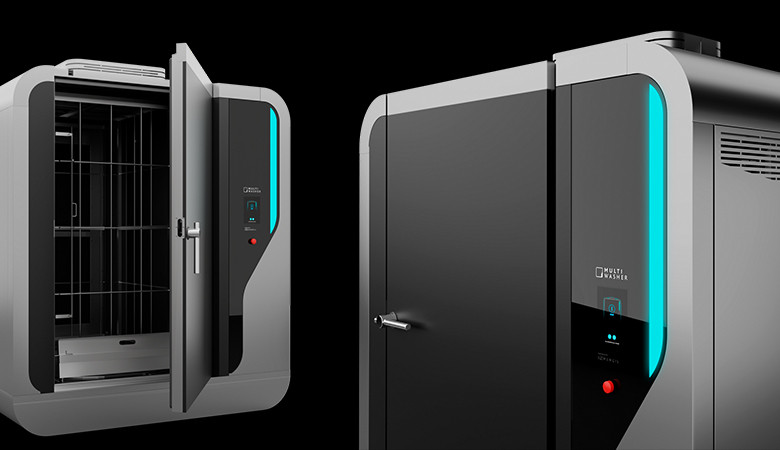
Industrial washing / Articles
SmartWash: advantages, limitations, and how it works
SmartWash is changing industrial washing. Find out how it can revolutionize your business.
Posted in 2024-03-08

Industrial washing / Articles
ESG: three letters transforming the world
Management based on ESG criteria is shaping the future of the planet – and companies. Find out what ESG stands for, why it is important, and how...
Posted in 2023-04-13

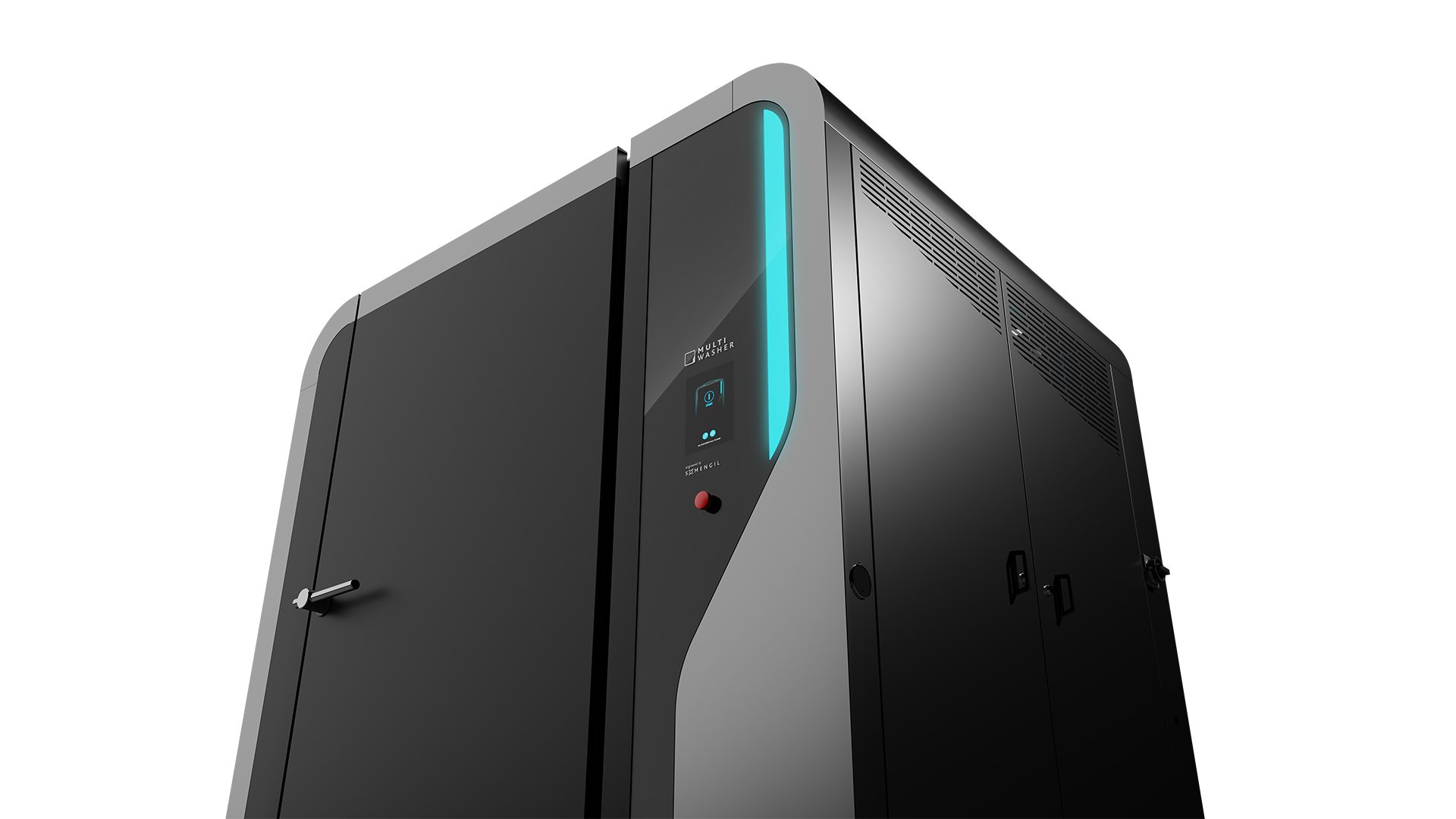
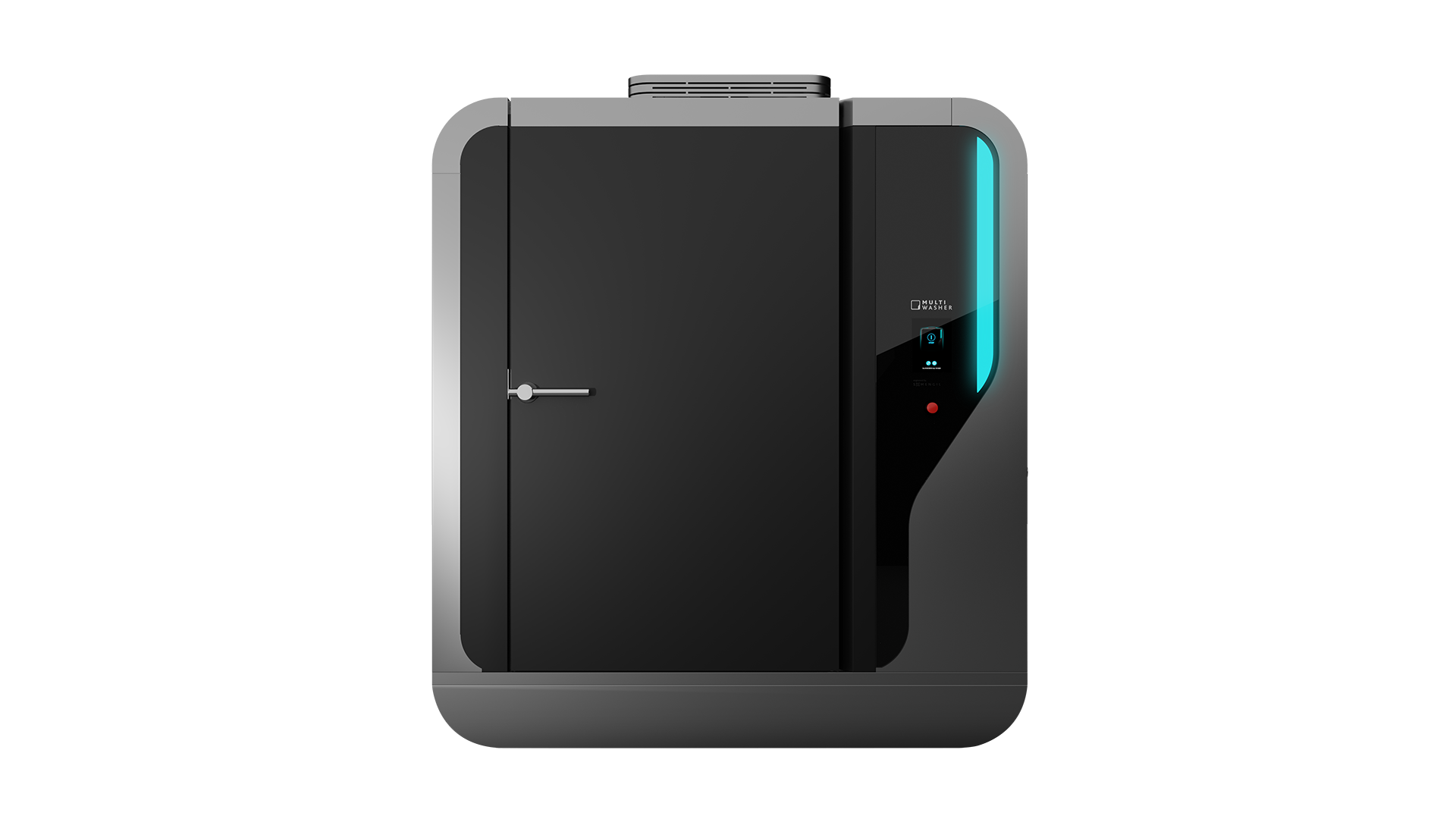
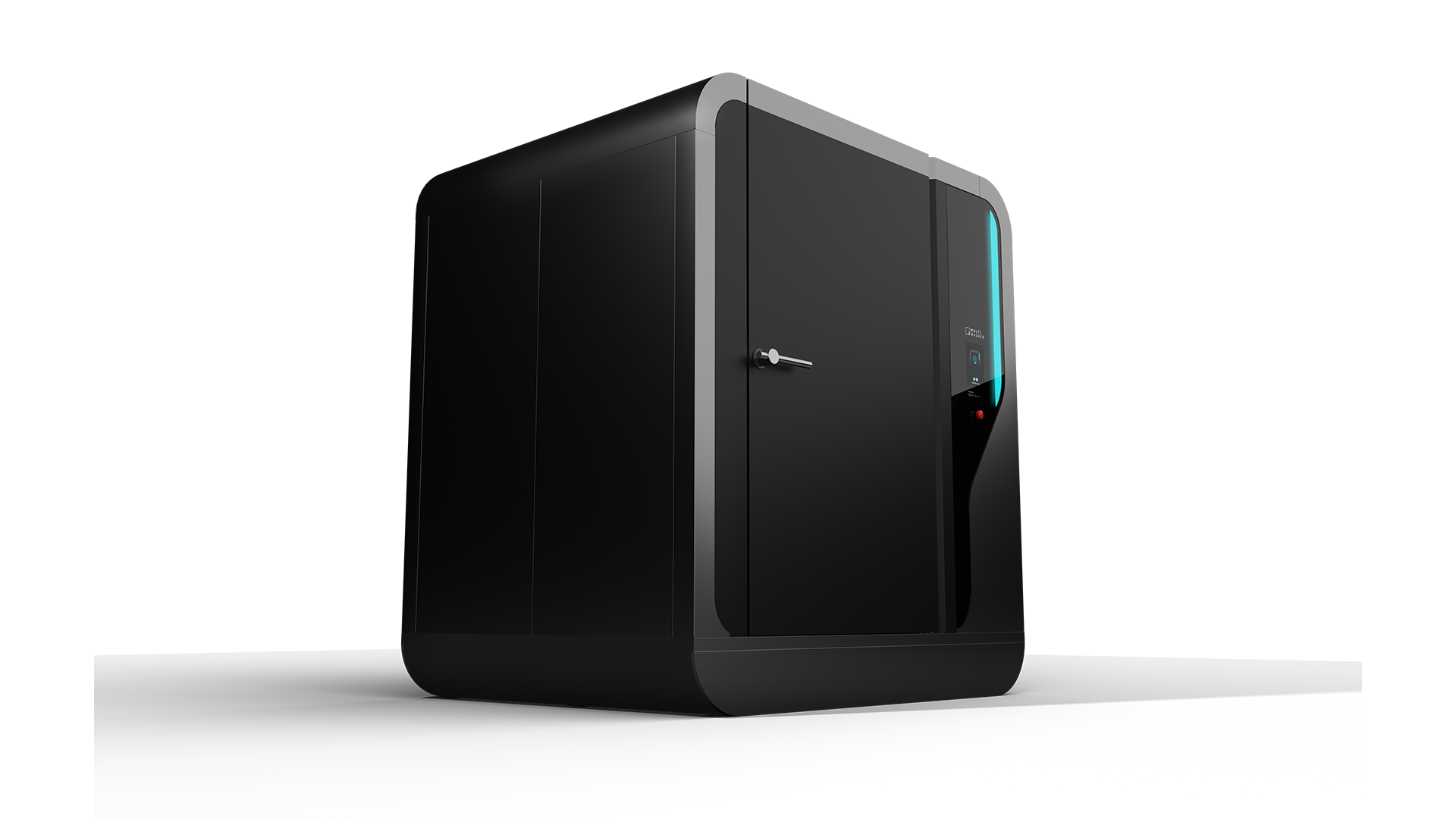
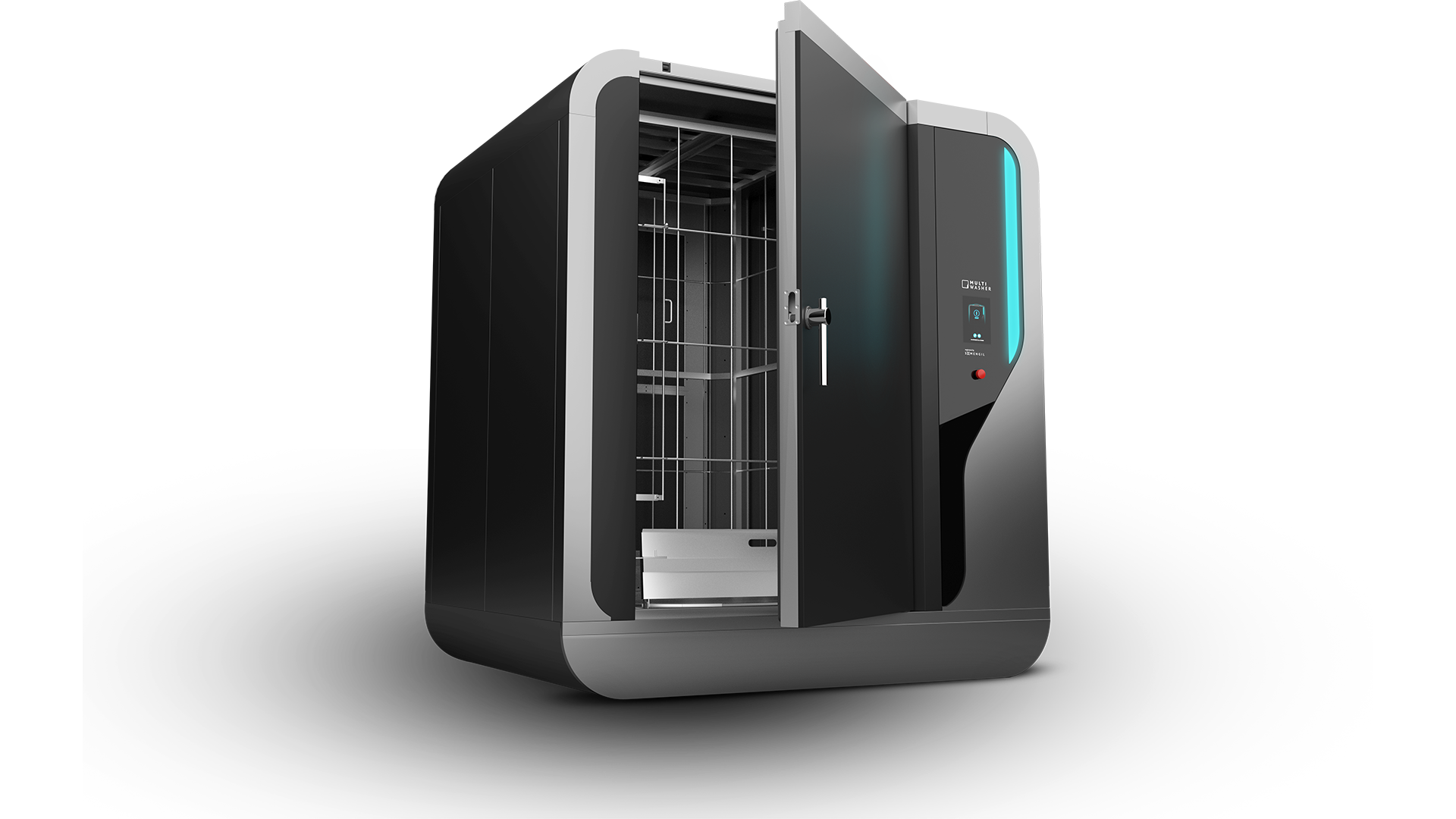
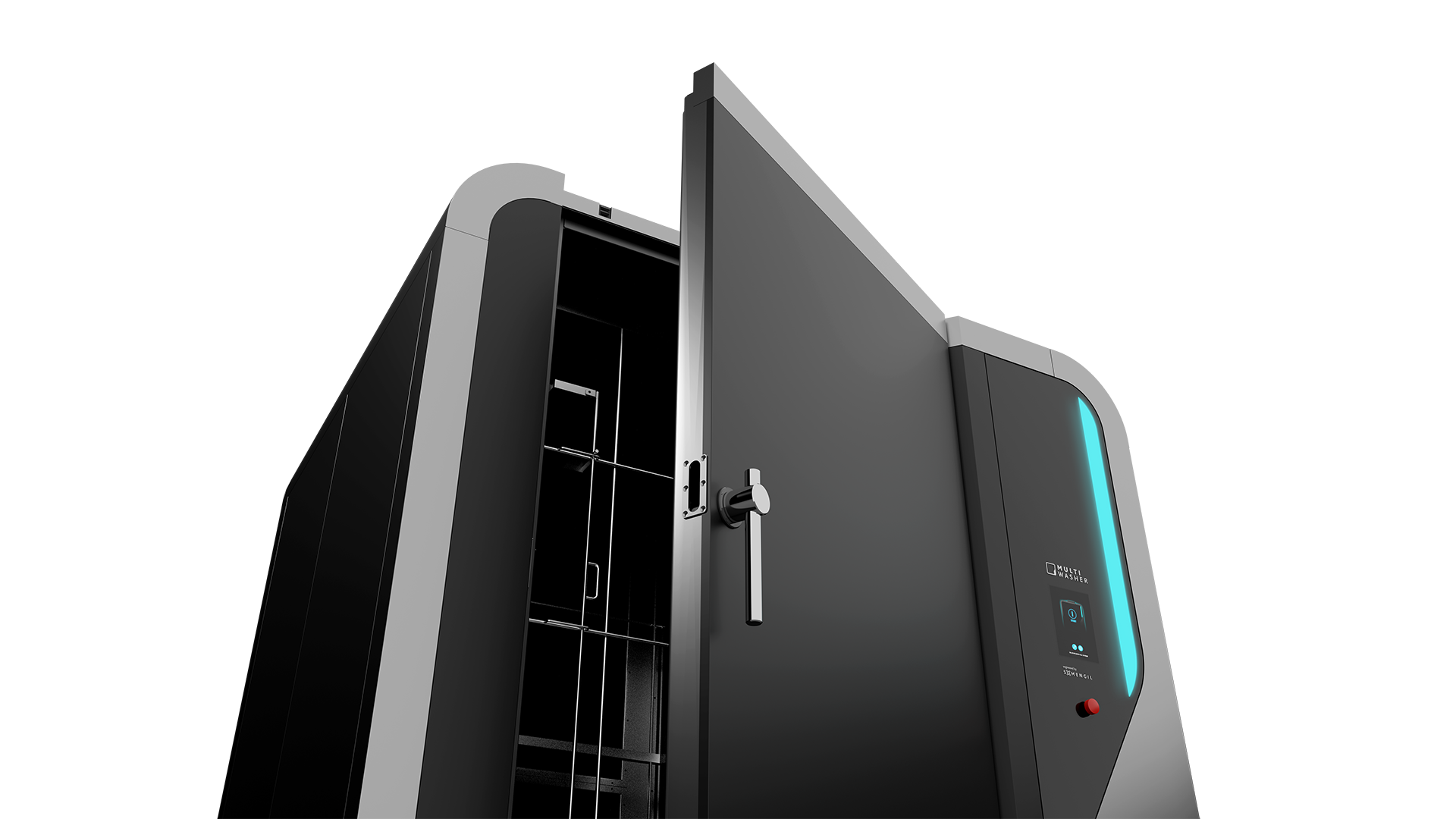
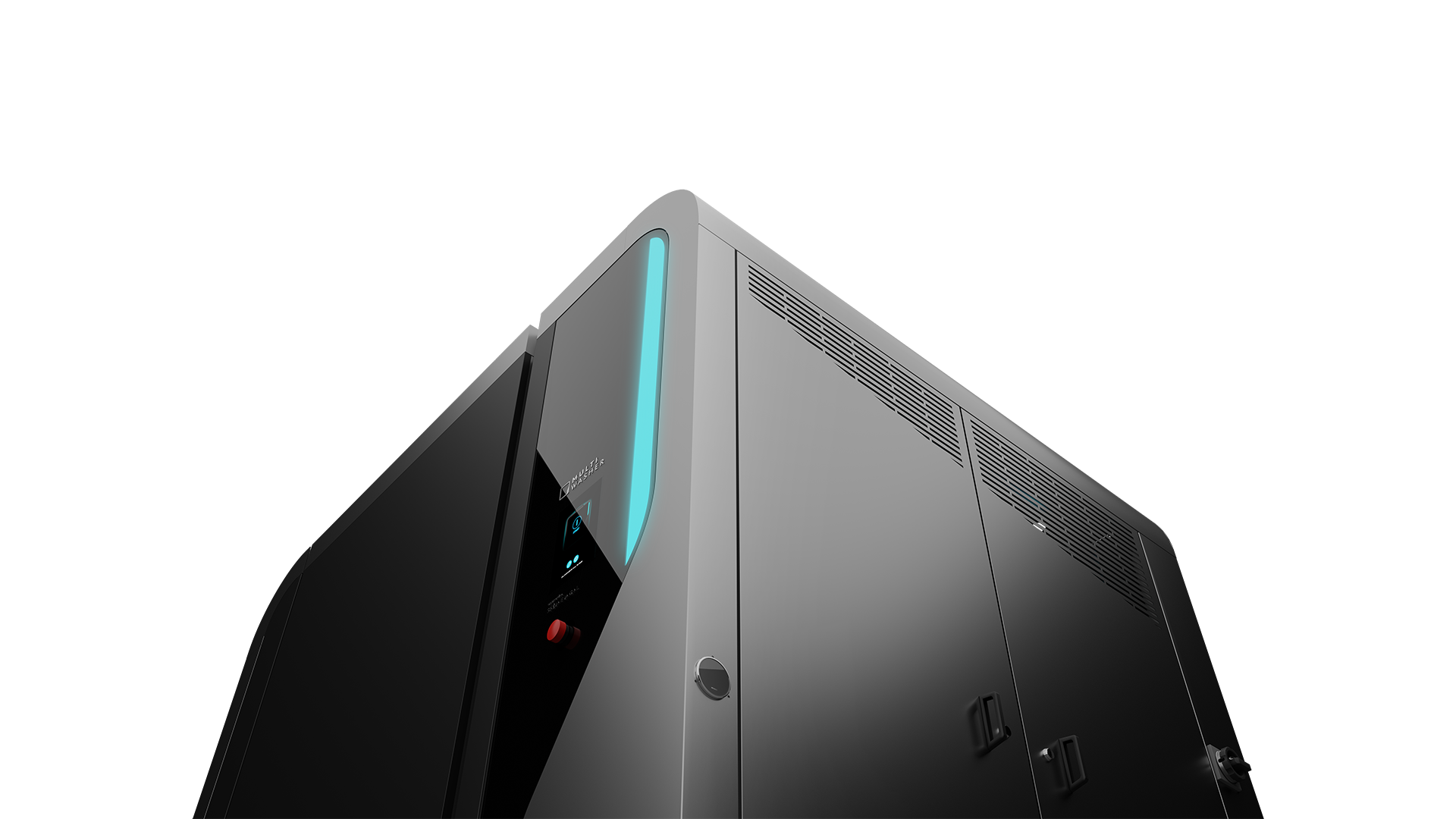
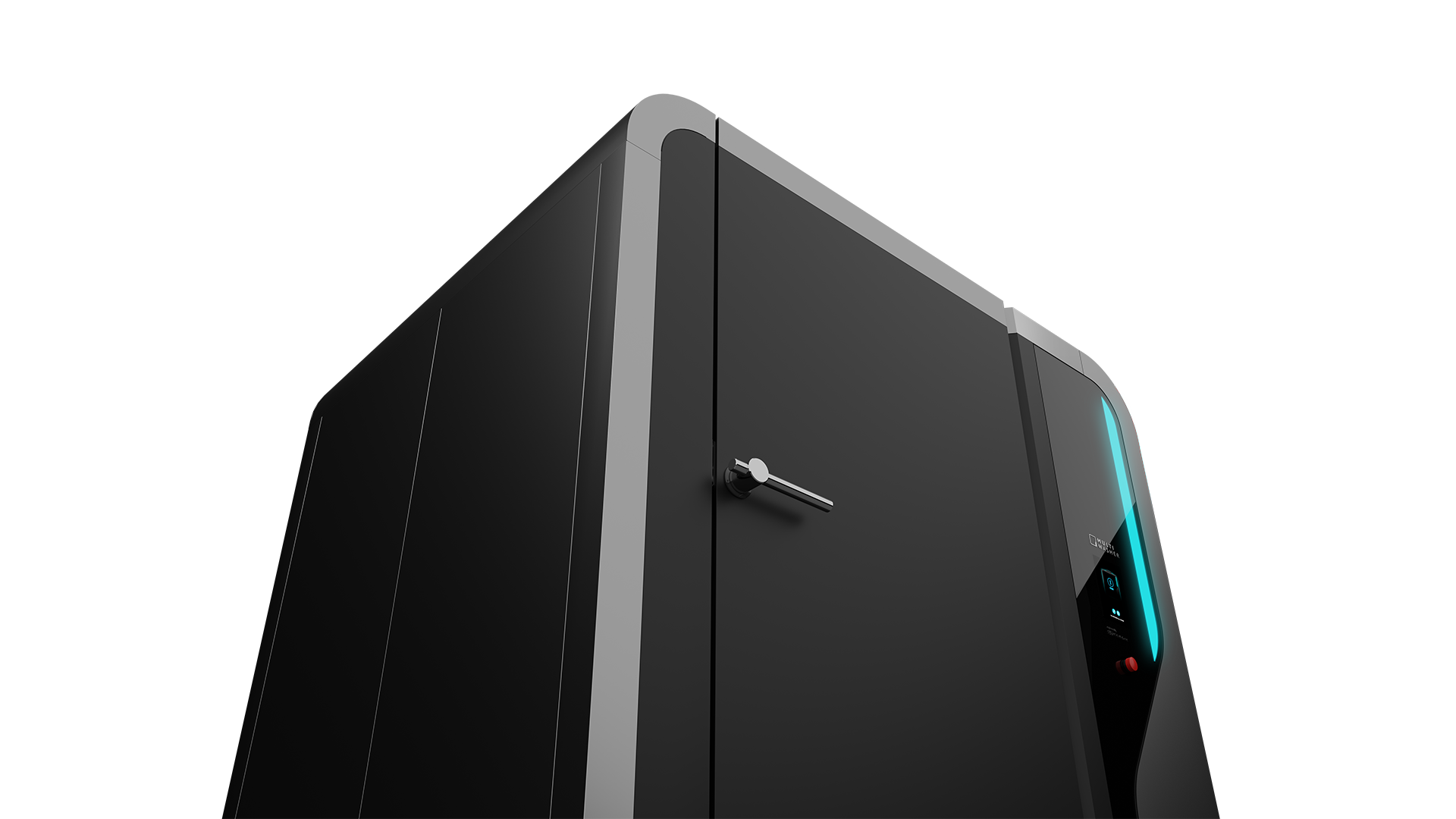
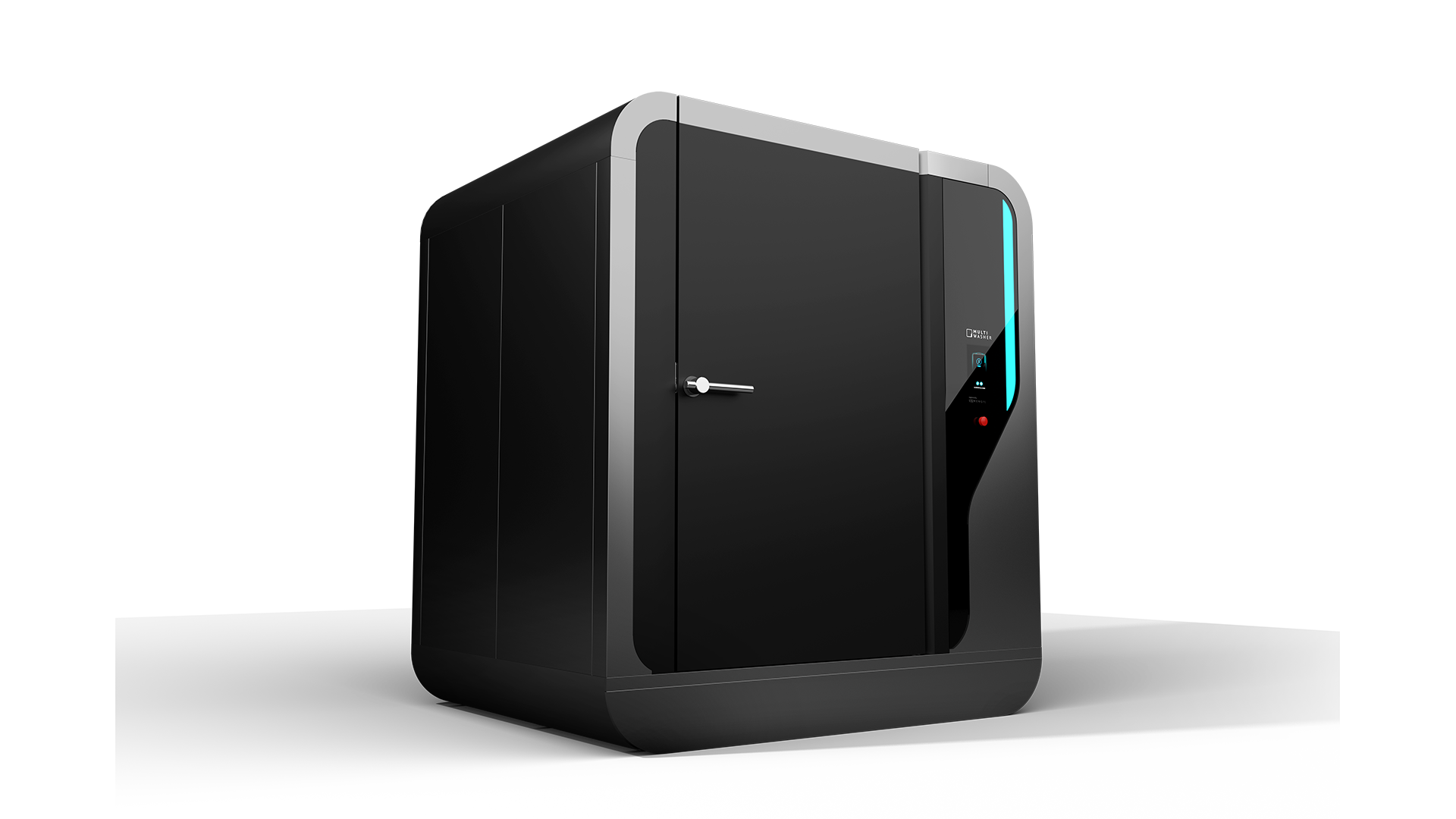
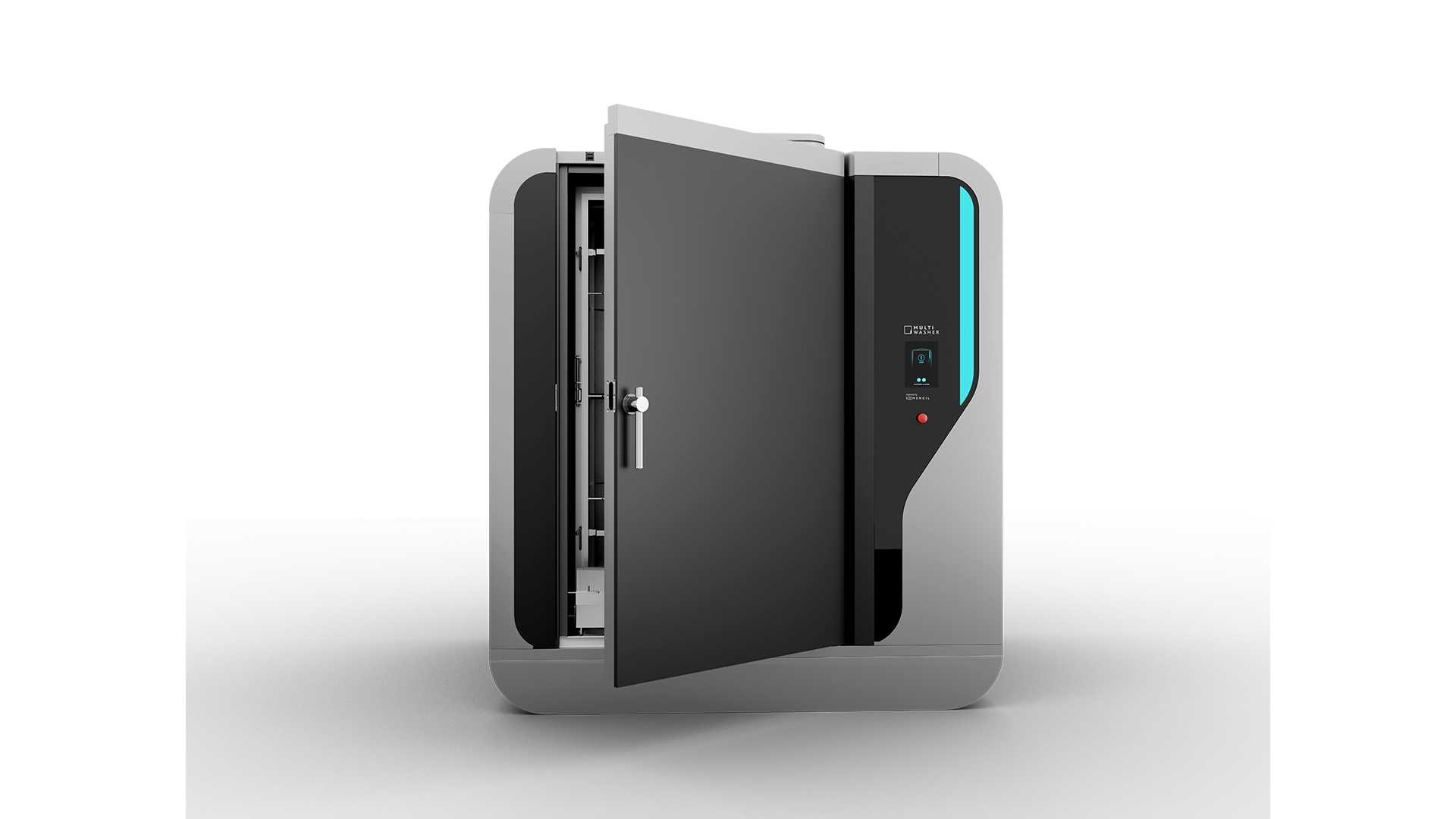
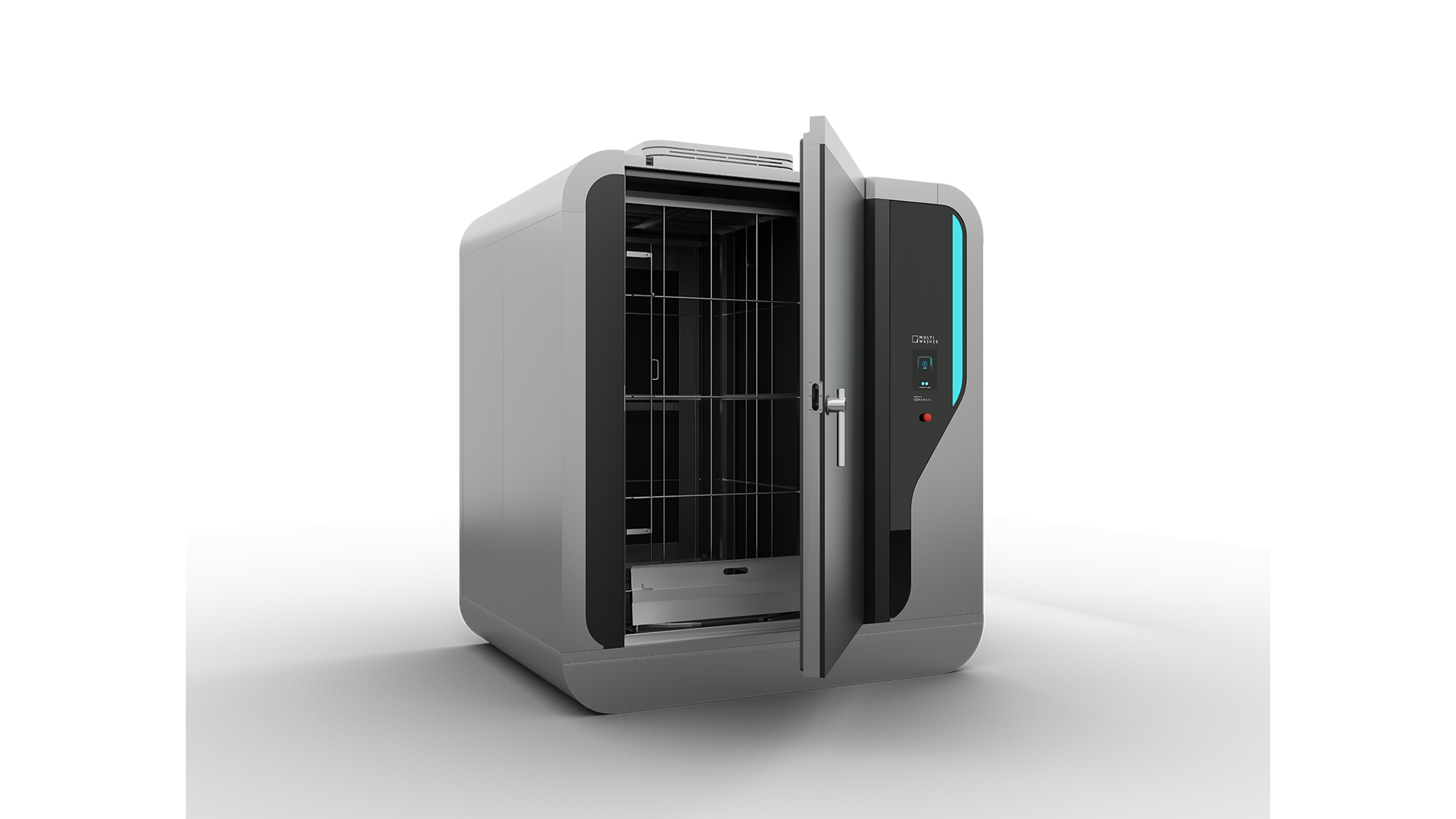
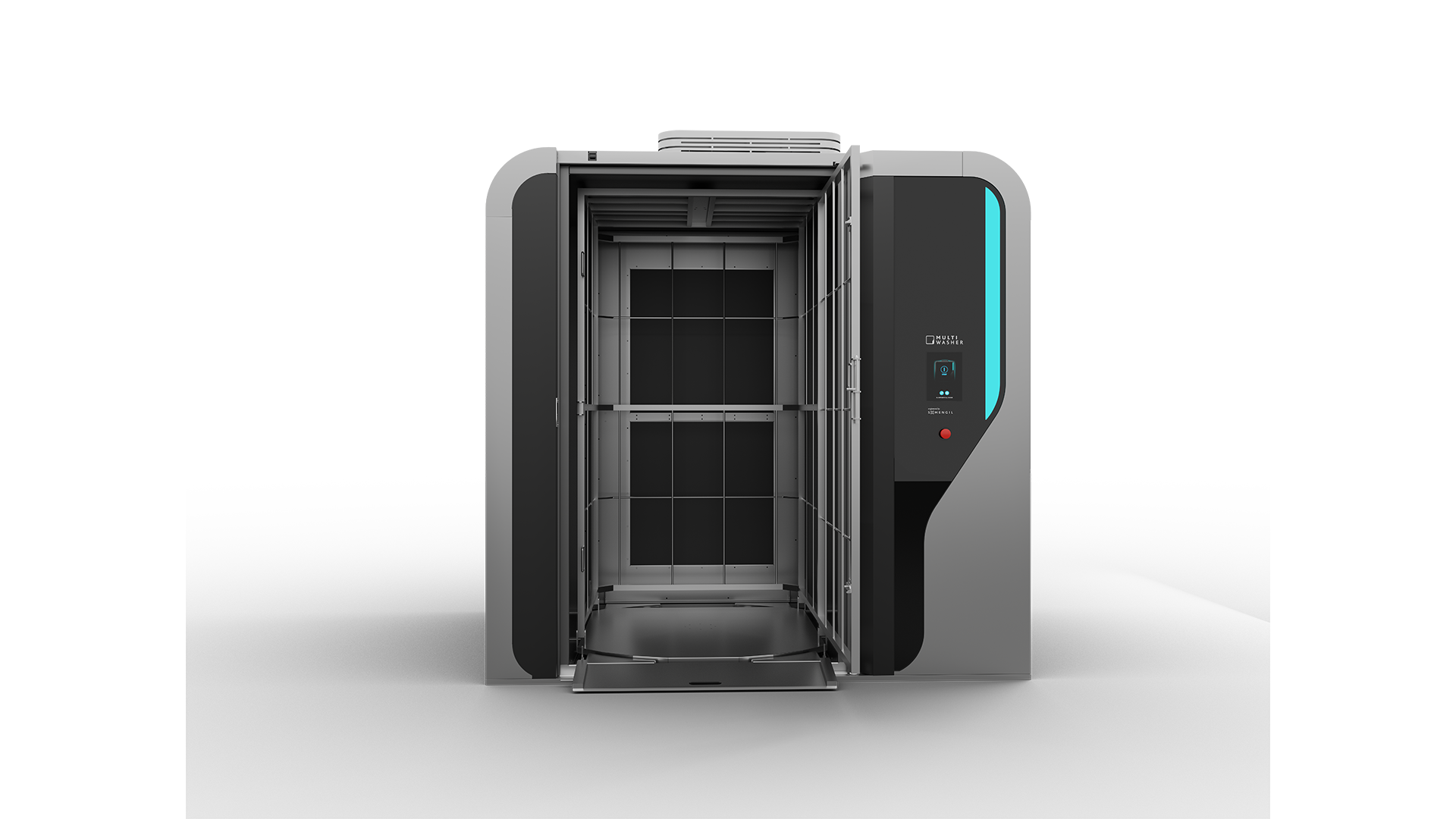
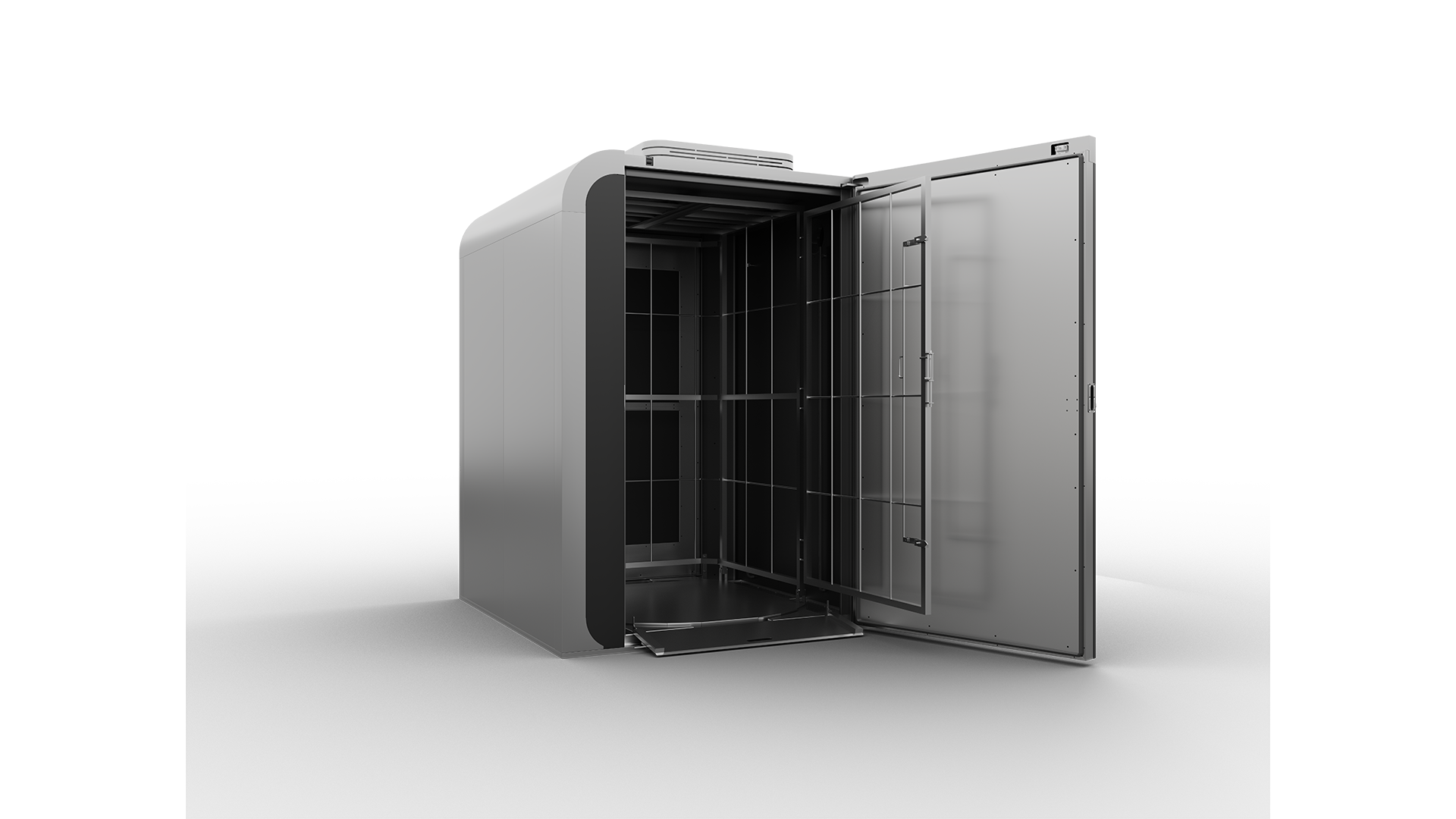
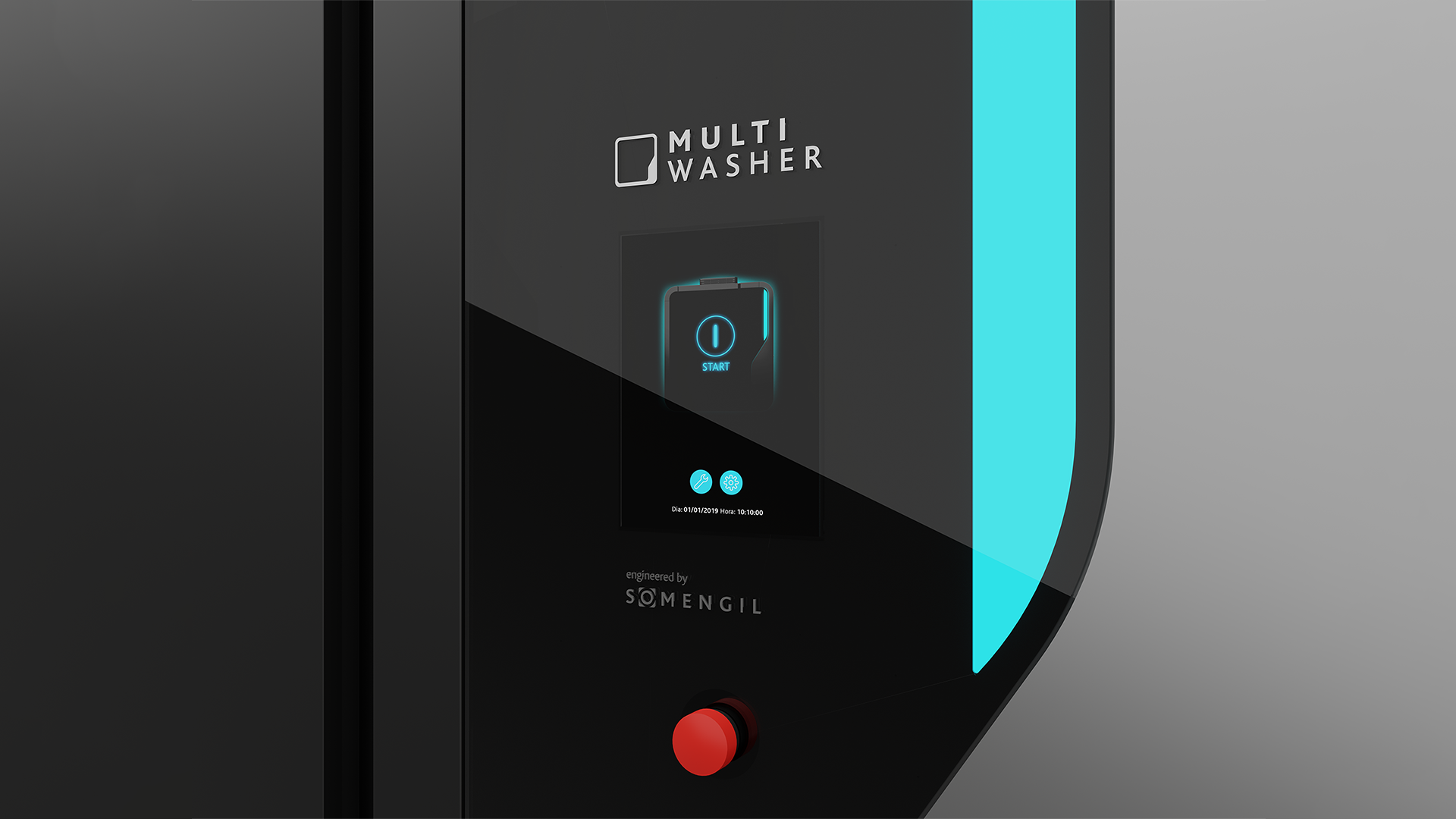
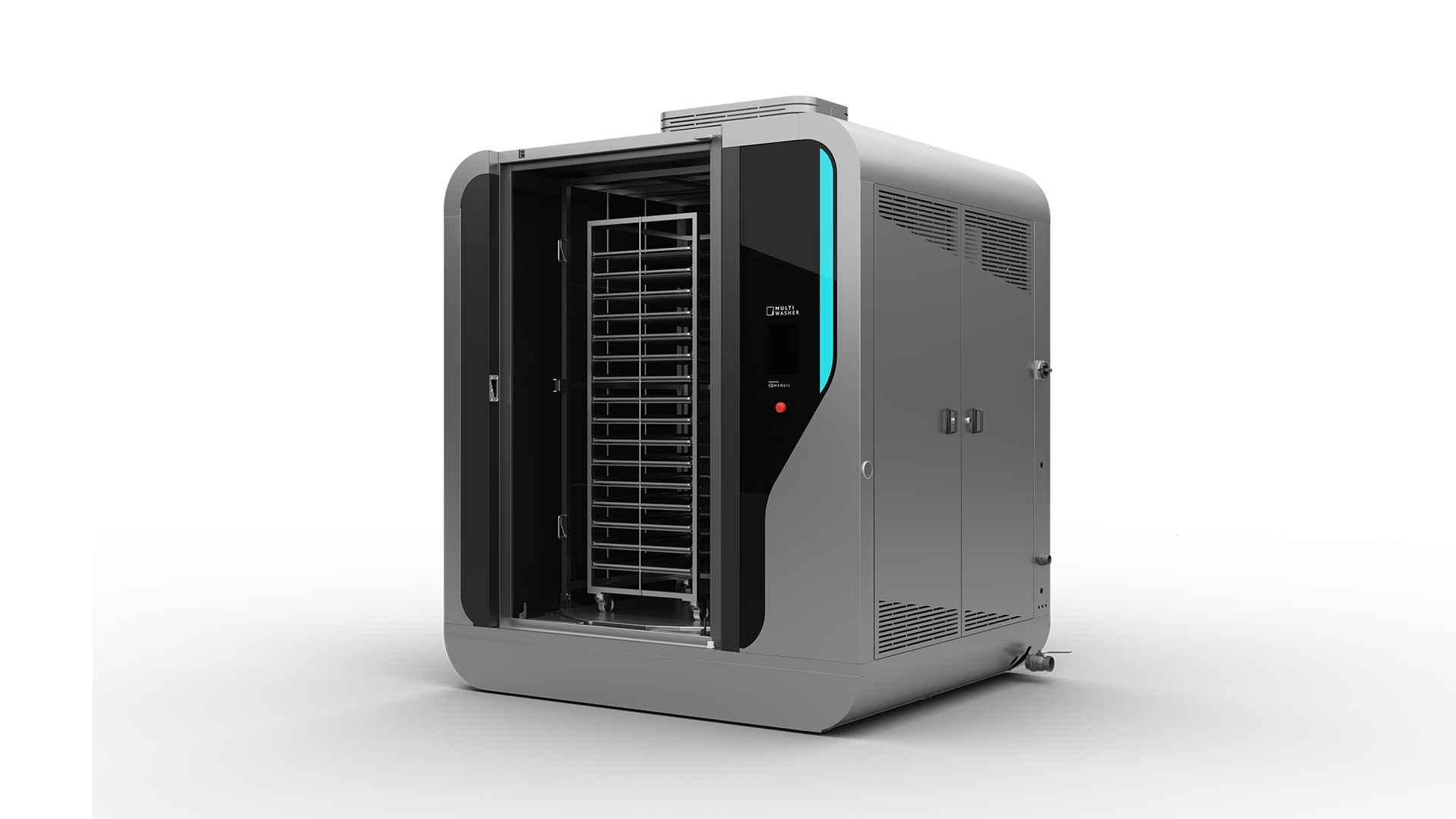
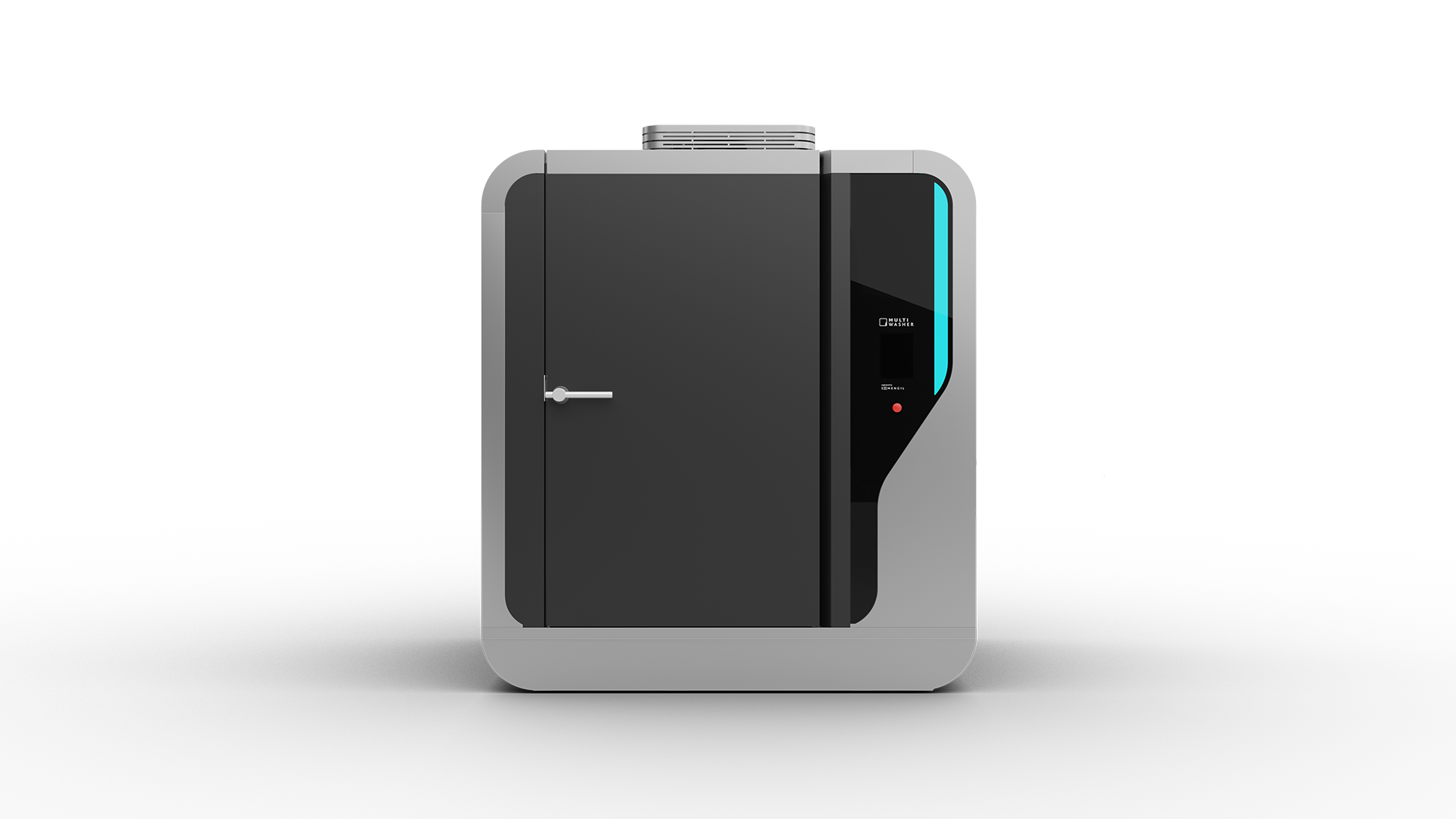


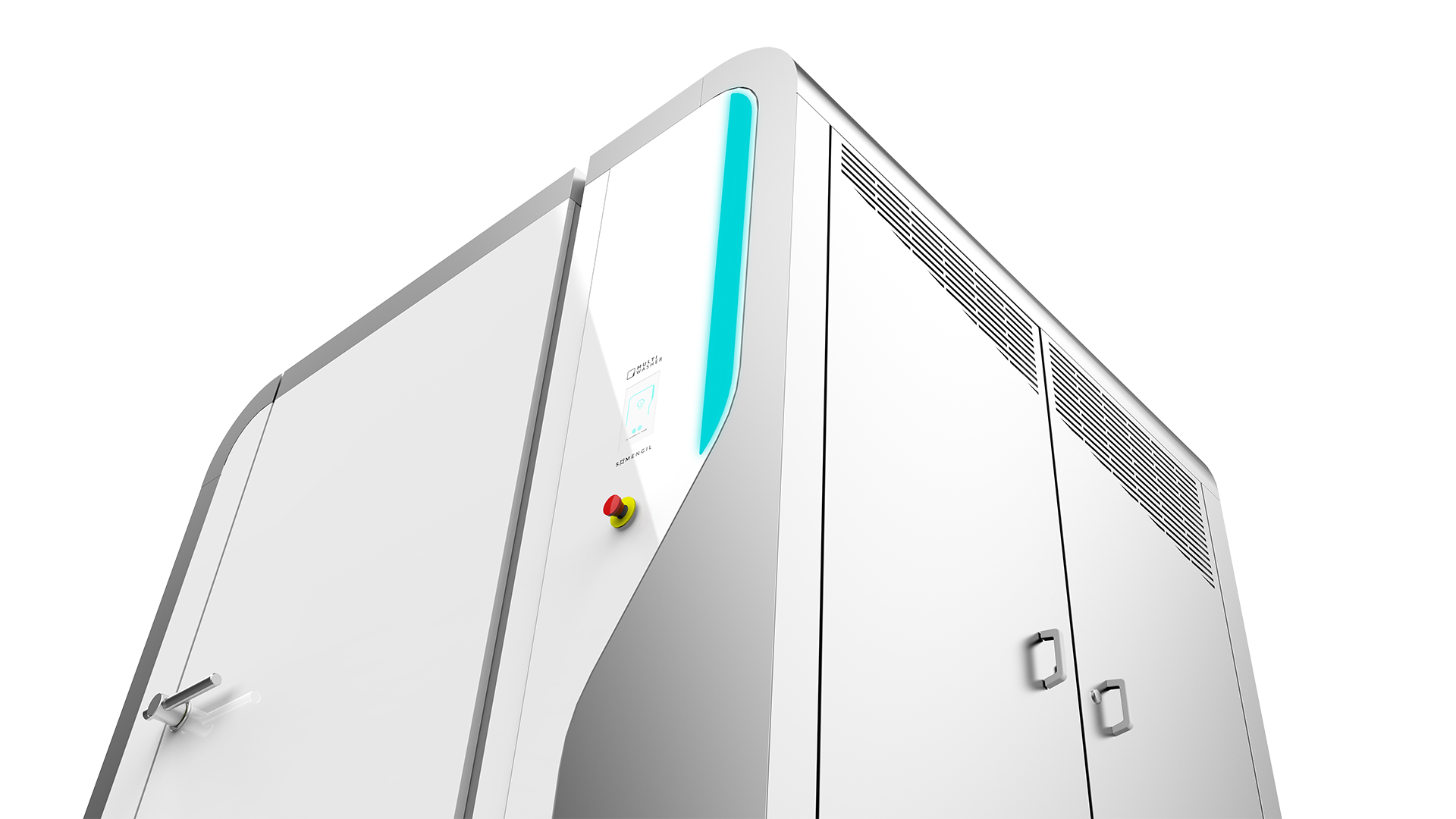
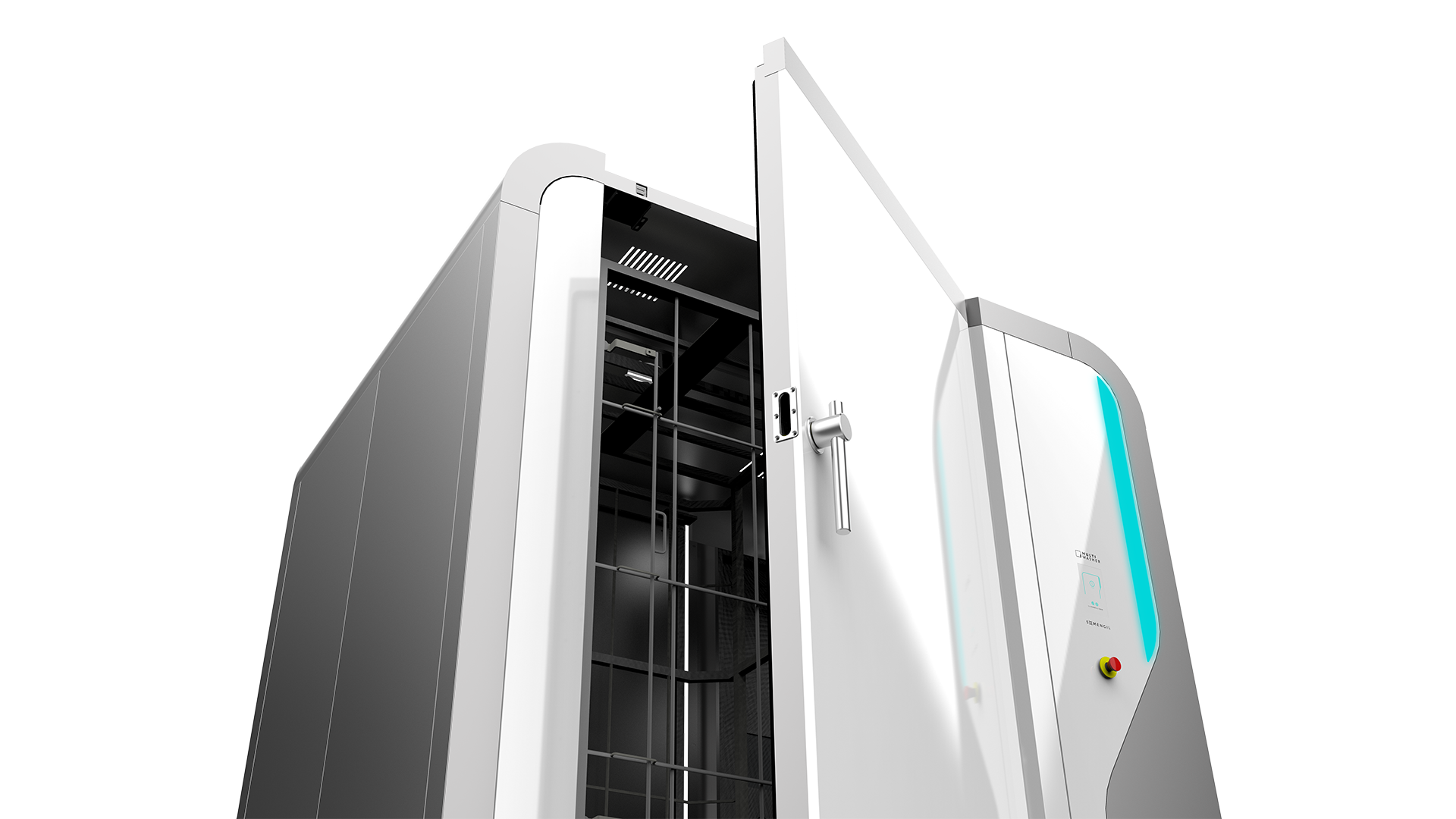
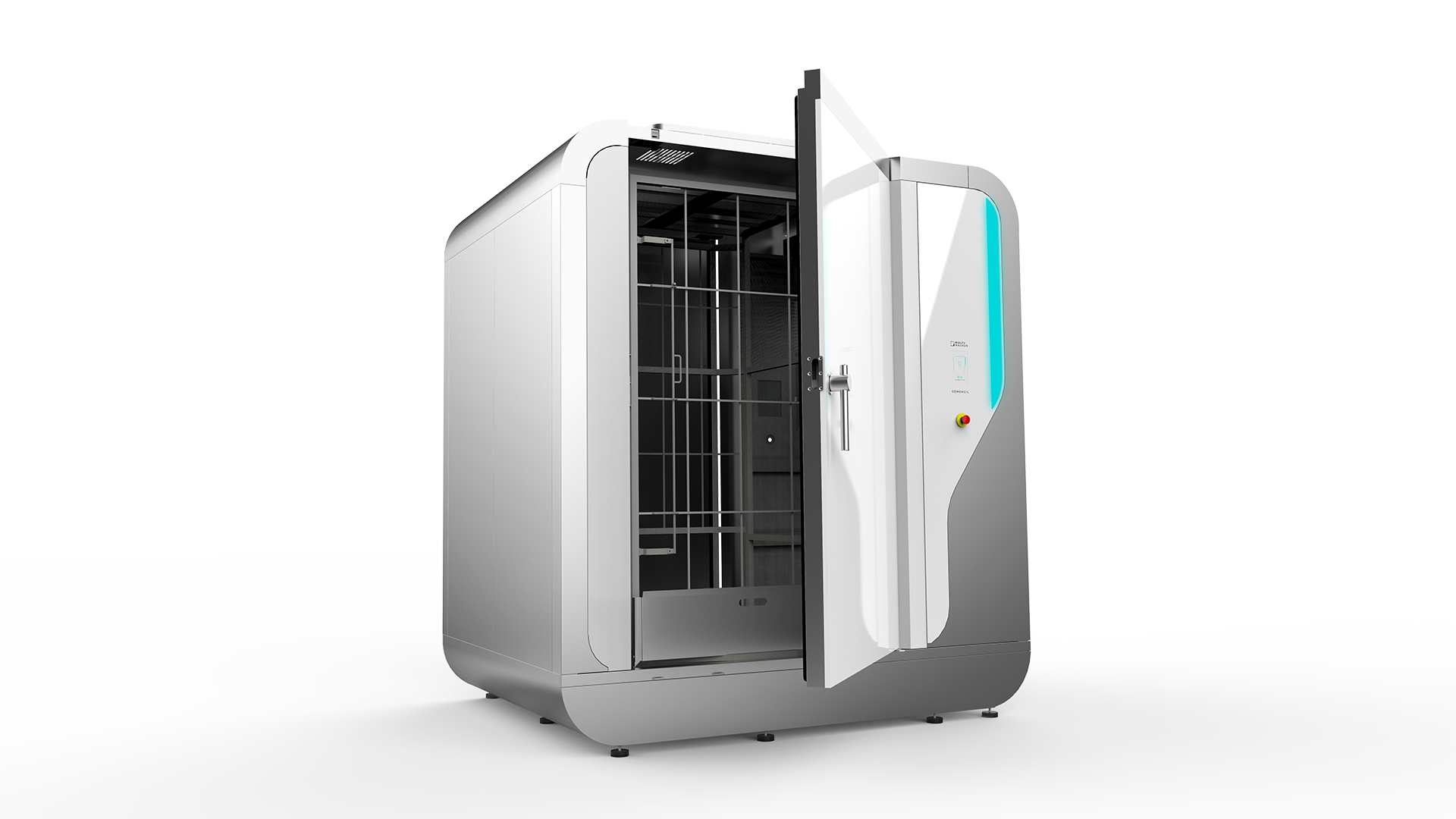
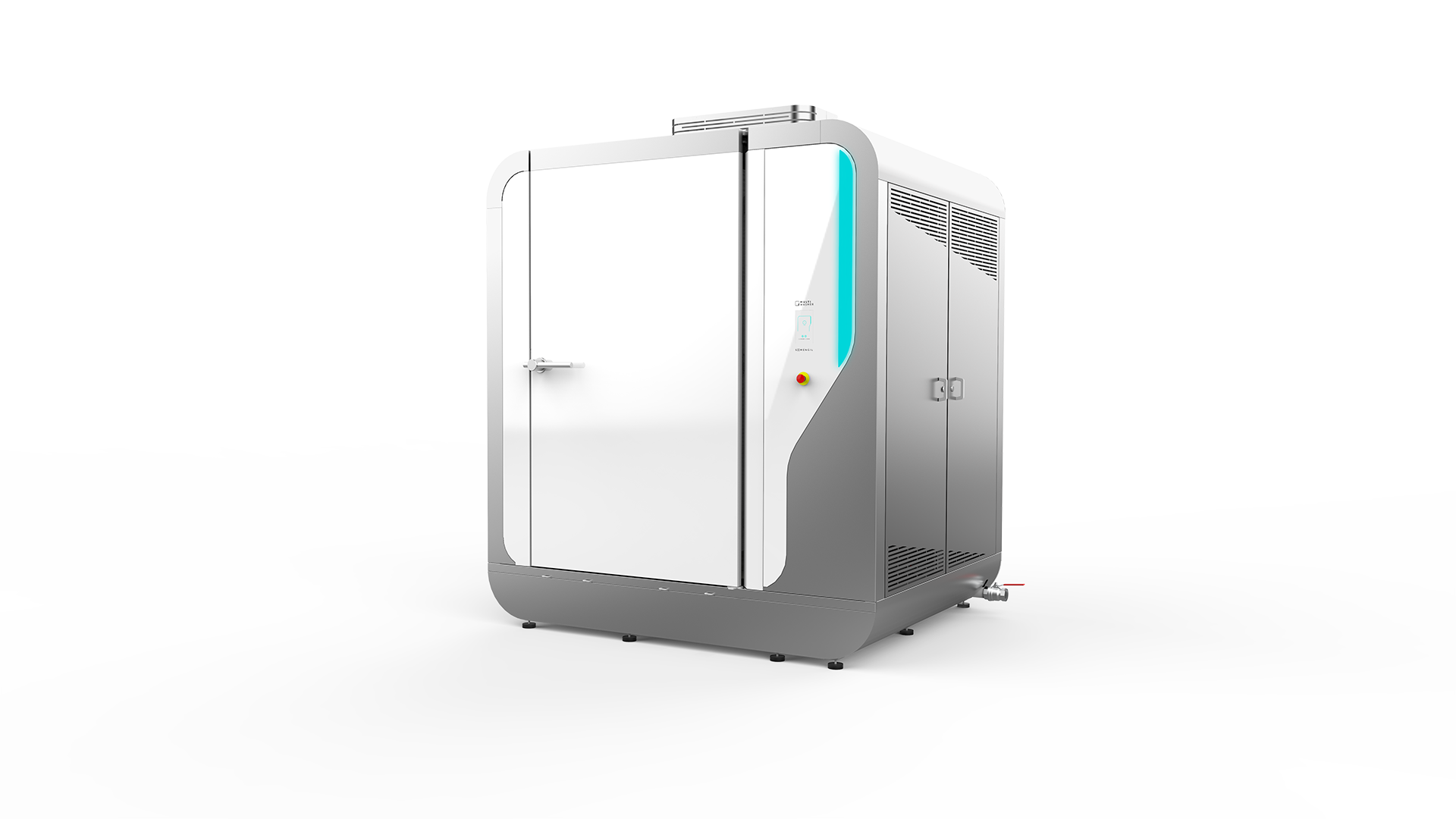
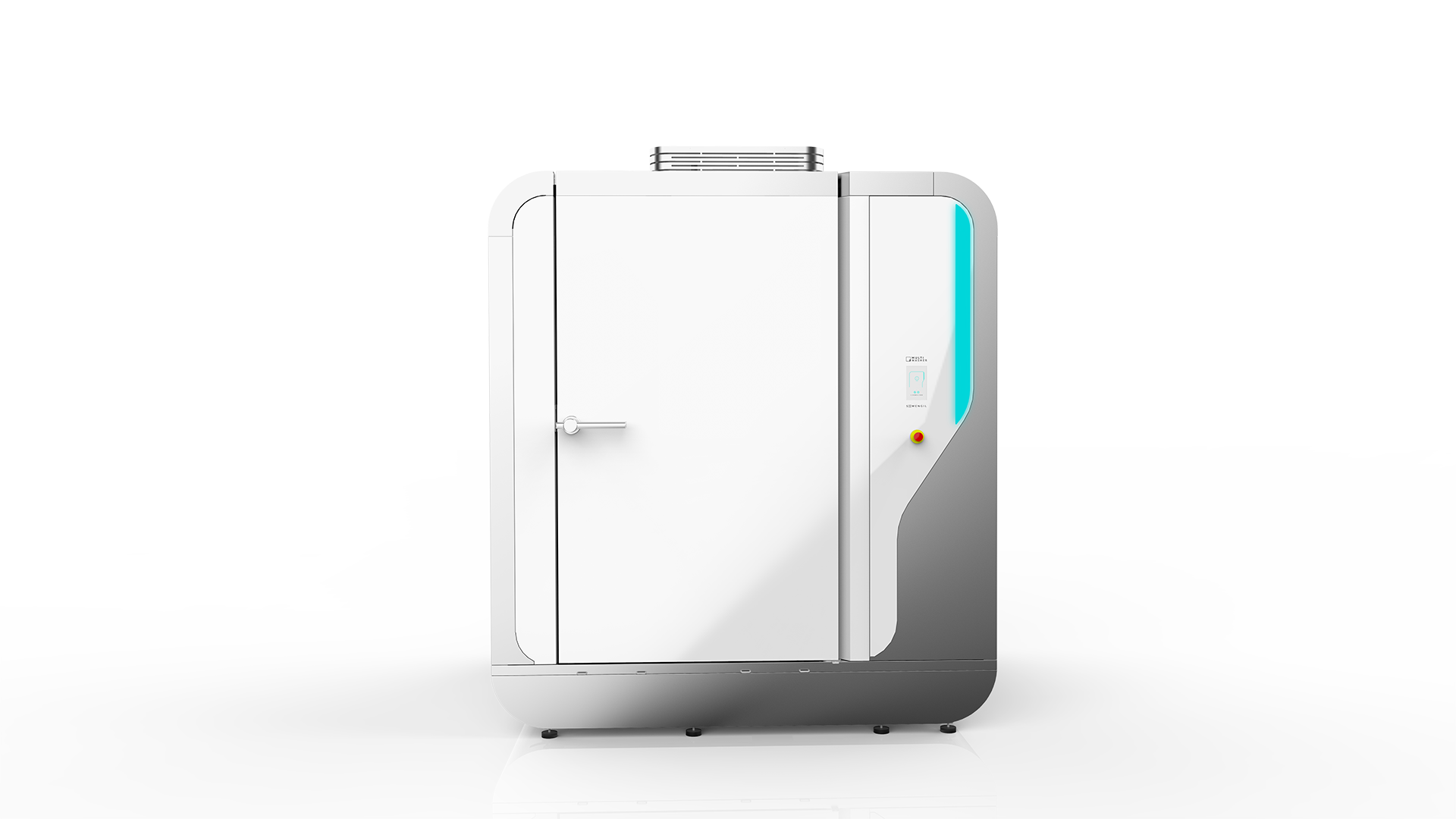
 Portugal
Portugal United Kingdom
United Kingdom United States
United States France
France Spain
Spain Germany
Germany Romania
Romania Italy
Italy Czech Republic
Czech Republic Finland
Finland Hungary
Hungary Slovakia
Slovakia Greece
Greece Lithuania
Lithuania South Korea
South Korea Russia
Russia Saudi Arabia
Saudi Arabia Poland
Poland Brasil
Brasil Hebrew
Hebrew